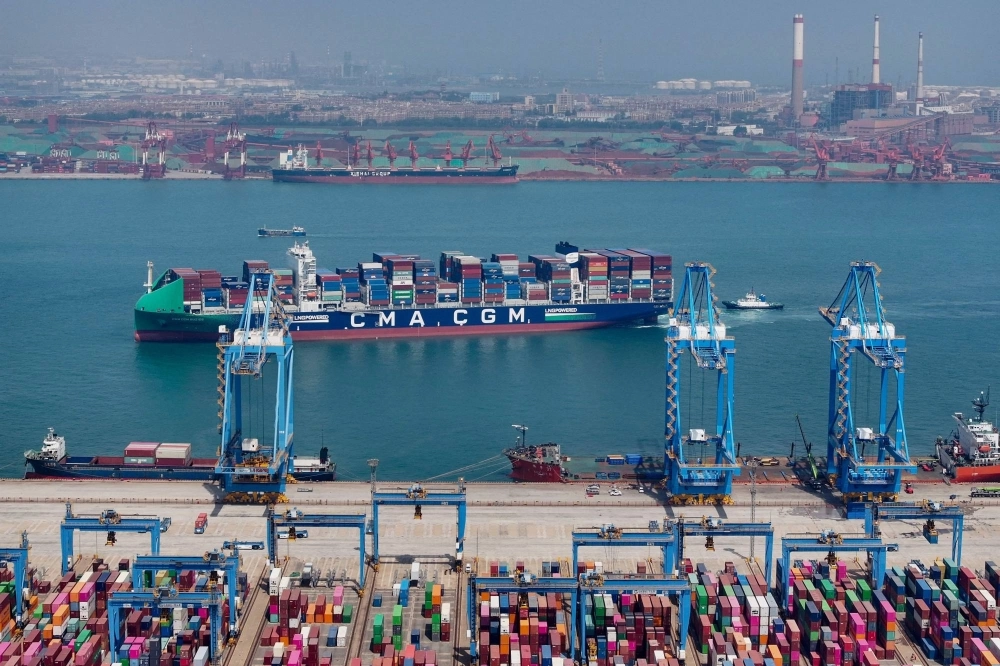Allegations about China’s manufacturing overcapacity have sparked heated discussions among policymakers. During her visit to China in April, U.S. Treasury Secretary Janet L. Yellen argued that “when the global market is flooded by artificially cheap Chinese products, the viability of American and other foreign firms is put into question,” adding that it was the same story a decade ago.
Yellen is partly correct: The Sino-American trade war has strengthened, not weakened, China’s export competitiveness. In 2023, China accounted for about 14% of total global exports, up 1.3 percentage points from 2017 (before the conflict began). More striking still, China’s trade surplus was around $823 billion in 2023, nearly double what it was in 2017.
Over a decade ago, China’s trade surplus was largely the result of an undervalued yuan (CNY). Today’s circumstances are somewhat similar. My research shows that in 2023, the CNY was 16% undervalued against the dollar, contributing to China’s high exports and trade surplus.


















With your current subscription plan you can comment on stories. However, before writing your first comment, please create a display name in the Profile section of your subscriber account page.